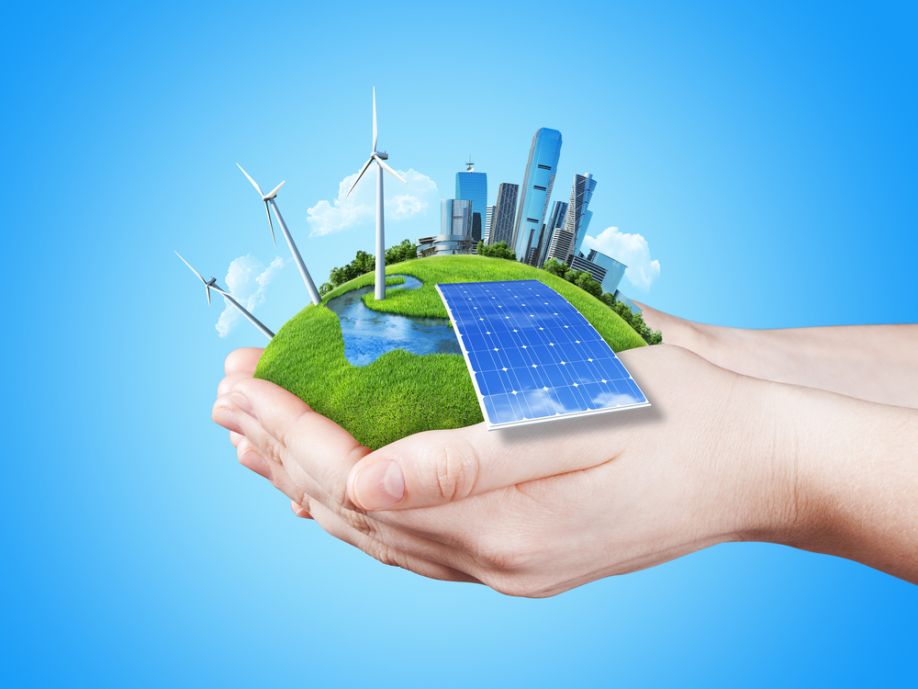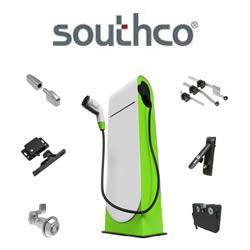Cities Helping Solar Become Available to Low-Income Homes

Since President Biden established the Build Back Better plan, renewable energy professionals strategize expansion techniques. The program allocated trillions of dollars to the sustainability sector, supporting solar, wind and geothermal projects. As environmental engineers and scientists advance technology and efficiency levels, companies predict industrial level growth.
We can only support the decrease in greenhouse gas emissions using renewable technology when it is cost-efficient. Currently, the steep upfront cost of solar panels and installation deters many purchases. Until we develop an economically inclusive renewable energy distribution technique, we will continue polluting the atmosphere.
The Electric Grid
The goal of the Build Back Better plan is to establish a carbon-neutral nation. Part of achieving that goal requires the generation of an electric grid. Our conventional electricity sources derive from fossil fuels, polluting the atmosphere and powering climate change.
We can develop a clean grid when accessing our electricity from renewable sources. Unlike personal panel systems, it is the energy company’s responsibility to create sustainable power. They may install off-site solar farms and floatovoltic panels throughout the nation, developing enough clean energy to fuel residential needs.
Cities can work with electric grid companies, generating accessible and affordable alternatives to fossil fuel-derived energy. Some companies also work with residents, installing panels on their rooftops for free. The more panels they install, the more solar energy they can access.
Community Solar Programs
Community solar programs are similar to the grid, and local government officials and organizations power them. Rather than installing rooftop panels or relying on companies to develop solar farms, residents can subscribe to the program’s production. They eliminate high installation fees and upfront panel costs.
A city in Iowa recently initiated its community solar program. The community accessed grant money, incentives and energy credits, developing affordable panels and installation processes. They installed solar on ten different properties, costing $2,600 a home.
Community members can access the power generated on surrounding properties through a localized grid system. Clean energy is also cheaper than conventional sources. Solar electricity costs between three cents and six cents per kilowatt-hour, where fossil fuel-derived power reaches up to 17 cents.
Solar Loans
Some cities also increase low-income community members’ access to solar power by developing efficient financial options. If a customer lacks the funding to support a system’s upfront cost, they can apply for a solar loan. Cities are increasing the number of solar loans available to community members, decreasing local greenhouse gas emissions.
The interest rate and amount paid each month varies depending on the loan one applies for. Many companies additionally offer programs for different home types. From duplexes to townhomes, financial agencies can help you access non-polluting energy.
Incentives and Rebates
Low-income community members can also access affordable solar power when utilizing tax incentives. Part of Biden’s two trillion-dollar funding through the Build Back Better plan supports tax credit extensions.
The solar investment tax credit (ITC) was expiring in 2020, and the government extended it through 2024. Current solar customers are eligible for a 26% credit. Some cities also provide additional financing through rebates.
Rebates are available for a limited time and help communities expand their production of solar power. They can reduce a system’s cost by 15% on average. The current government financial options generate the most cost-effective solar purchase options.
System Leasing
Urban residents also have the option to lease solar panels. Various renewable energy companies are moving into cities, meeting production and financial needs. Unlike panel purchases, solar leases require no upfront costs.
The company you lease through also tends to damage and maintenance costs, saving the homeowner money over time. Solar leases are cost-effective purchasing options for individuals who lack the qualifications for federal tax credits or rebates. They also grant solar power access to customers who lack financial support for down payments or installation fees.
Choosing The Best Community Option
If you are looking to increase your city’s renewable energy accessibility, you may start by evaluating your power needs. Some regions, like New York City, require more electricity than others, like New Haven. Once you identify your output needs, you must examine your access to sun exposure.
In low-light cities like Seattle, community programs are most efficient. Residents can retrieve inexpensive, clean energy from high production locations. High sun exposure regions, like Los Angeles, can place panels on city buildings and homes, generating enough power to reach national carbon neutrality goals.
Comments (0)
This post does not have any comments. Be the first to leave a comment below.
Featured Product

